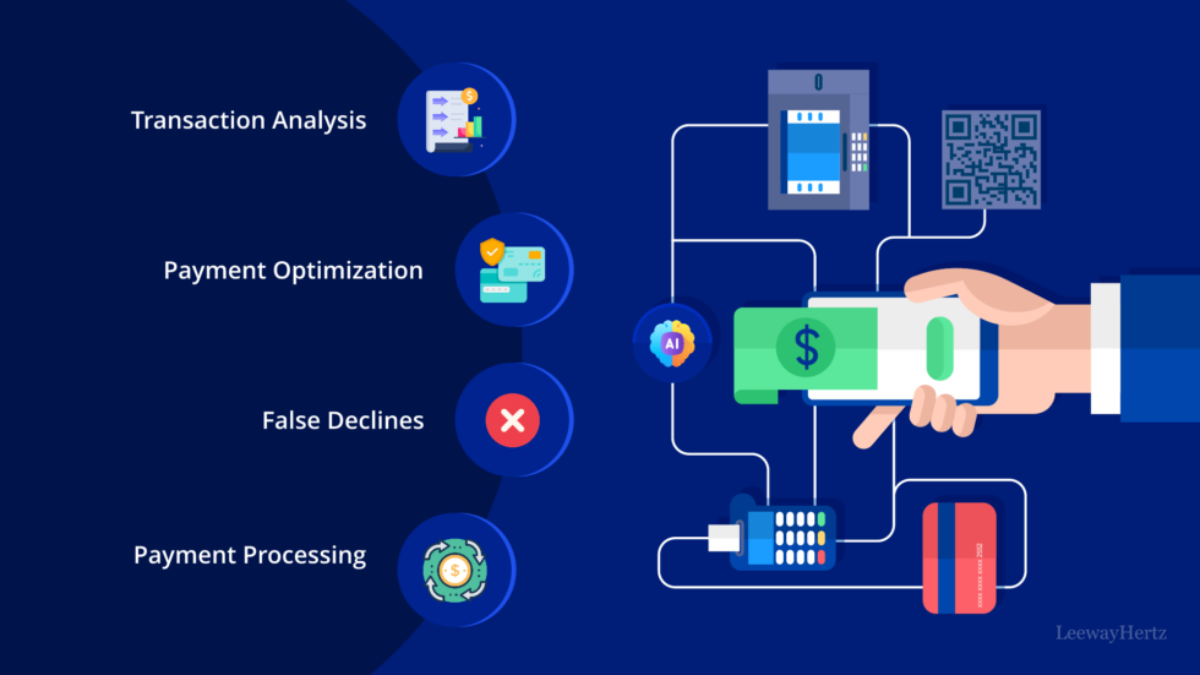Can AI trained on billions of payments transactions redefine how the enterprise handles fraud, currency, and global billing? Stripe thinks so.
At its annual Stripe Sessions event this week, the fintech heavyweight unveiled a suite of enterprise-grade tools — led by a new AI foundation model designed specifically for payments. The launch signals Stripe’s intent to embed artificial intelligence more deeply into the financial stack, while also expanding its enterprise capabilities through partnerships, stablecoins, and global billing orchestration.
From Data to Decisions: Stripe’s Foundation Model for Payments
Stripe’s new AI model, trained on tens of billions of real-world payment transactions, is the company’s most ambitious play yet to harness self-supervised learning at scale. According to Emily Glassberg Sands, Stripe’s head of information, the model “captures hundreds of subtle signals about each payment” — detecting fraud patterns that traditional systems miss.
One of the most immediate benefits? A 64% increase in Stripe’s detection rate for card-testing attacks at large enterprises — almost overnight.
“We couldn’t previously take full advantage of our vast data. Now we can,” Sands said, pointing to a sharp uptick in real-time insights without manual intervention.
Stripe + Nvidia: A Strategic Migration
Perhaps most telling of Stripe’s enterprise momentum is its deepening relationship with Nvidia. Stripe revealed that the chipmaker recently migrated its entire subscriber base to Stripe Billing in just six weeks — a process that typically takes months.
Described as the fastest-ever migration to Stripe Billing, the move underscores Stripe’s evolution from a developer-first payments company into a critical revenue infrastructure partner for Fortune 500 firms.
Expanding the Global Financial Stack
Stripe is also pushing into multi-currency finance. It announced stablecoin-backed card capabilities — enabled through partnerships with startups like Ramp, Squads, and Airtm — allowing businesses to transact across borders without needing currency conversions.
The company also introduced a new Orchestration layer that lets businesses manage multiple payment providers from a unified dashboard — even if they don’t use Stripe for processing. It’s a subtle but significant step toward Stripe becoming a control plane for enterprise billing and payments operations.
AI-First Clients, AI-Ready Infrastructure
Notably, Stripe’s own customer list reads like a who’s who of AI: OpenAI, Anthropic, Perplexity, Cursor, and ElevenLabs all use Stripe Billing. And now, with a generalized AI model trained on a trove of payment data, Stripe is positioning itself as the intelligent infrastructure layer beneath the world’s fastest-scaling companies.
“Our approach with self-supervised learning gives us agility,” said Stripe President Will Gaybrick. “Generalized models just perform better and adapt faster to changing fraud patterns.”
Final Thought
Stripe’s announcements this week are more than just feature rollouts — they’re strategic signals. By weaving together AI, infrastructure, and global finance, Stripe is laying the groundwork for a new era of programmable money at enterprise scale.


